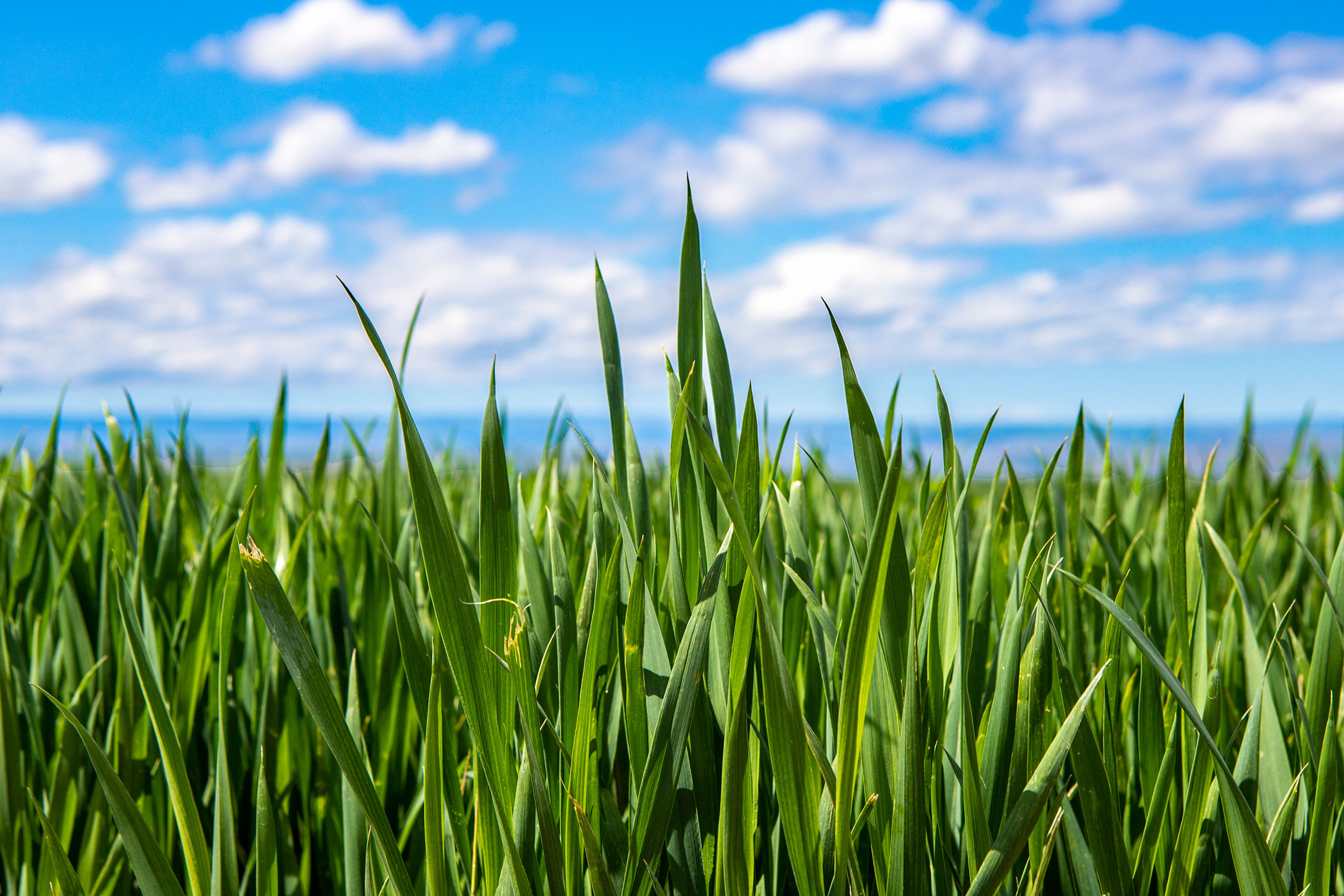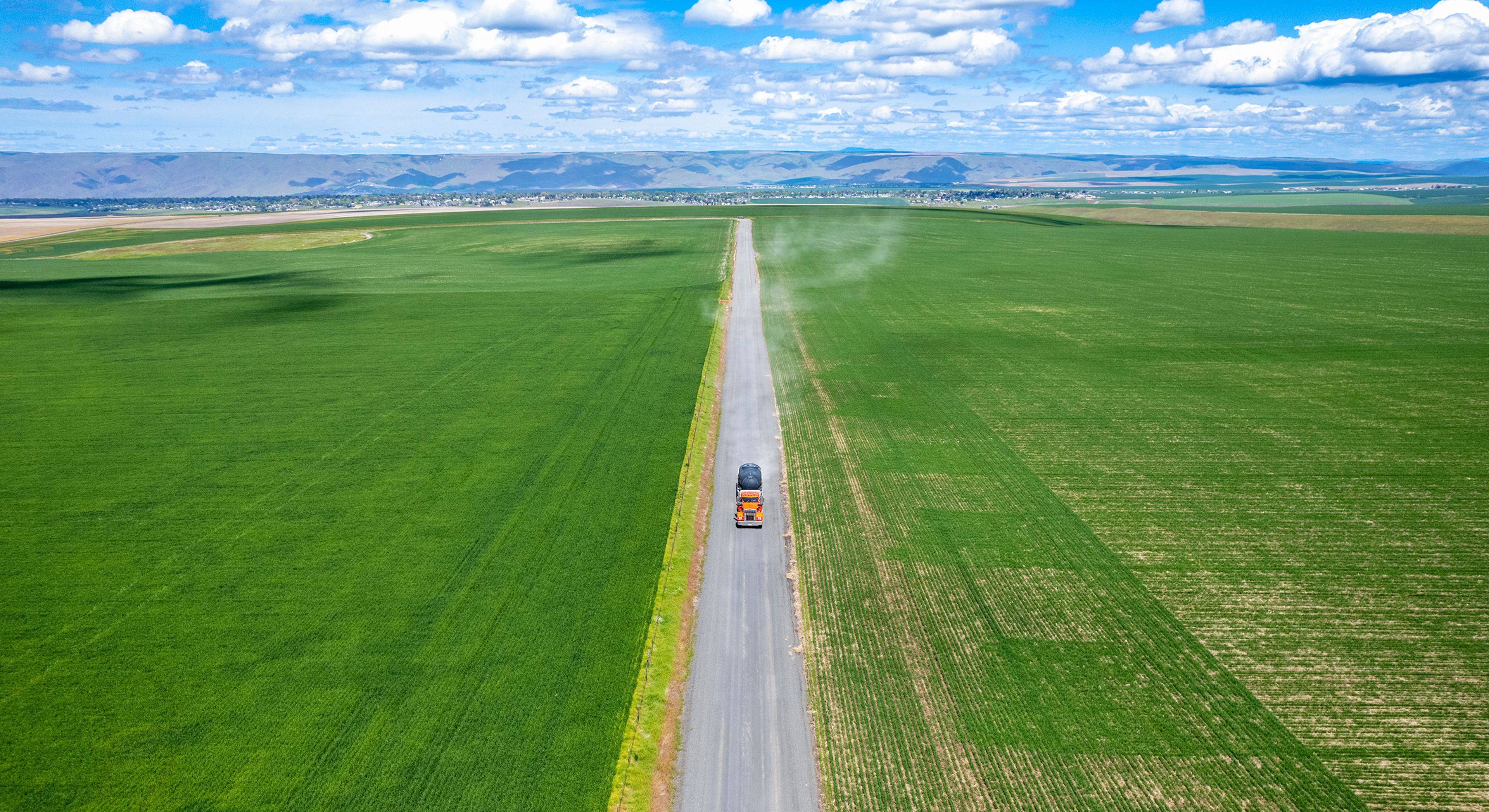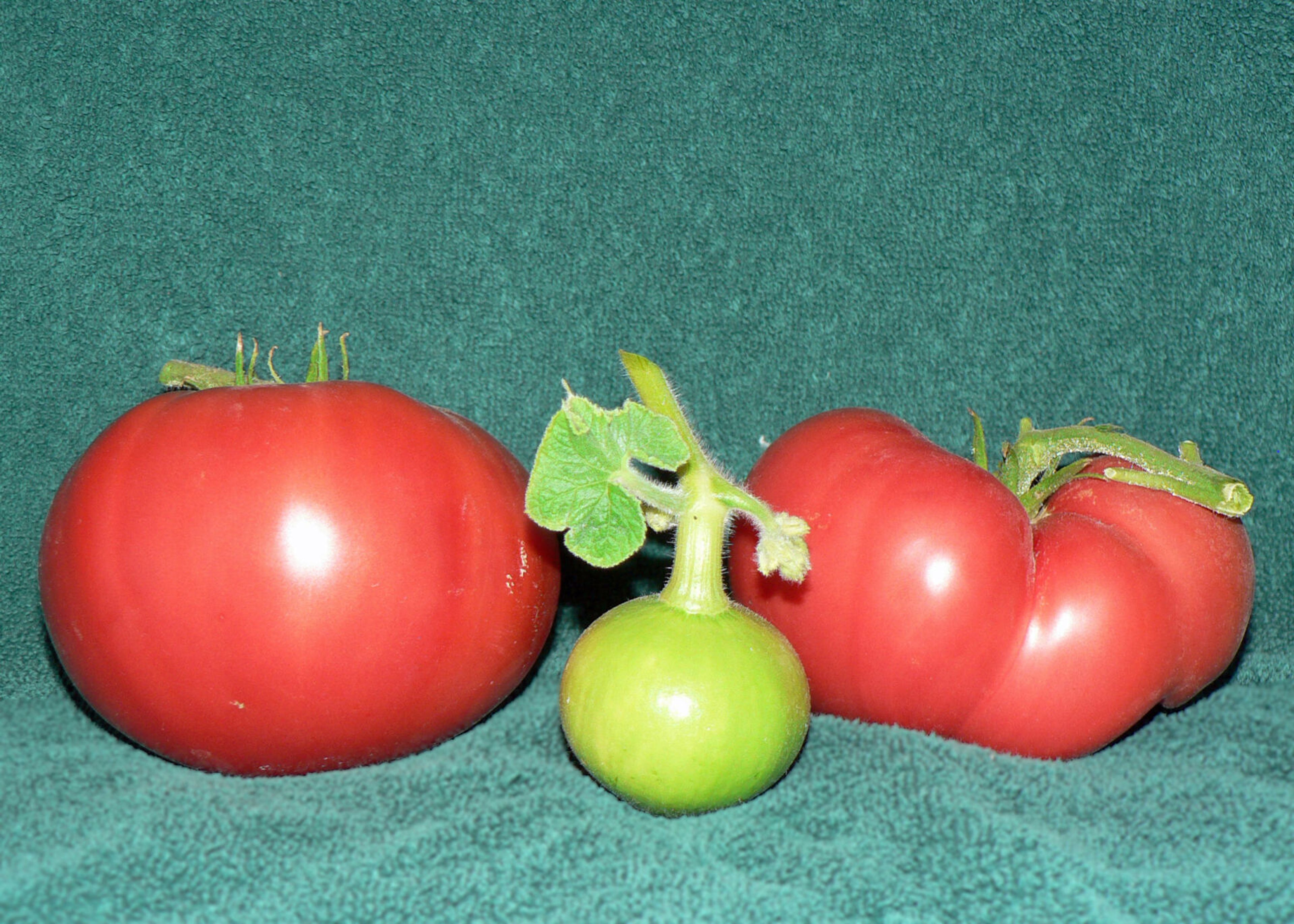Region’s crops benefiting from spring rains
Idaho’s winter wheat production is forecast to be up 45% and Washington’s up 70% from a year ago
The cool, wet spring may have scuttled a few recreation plans so far, but farmers in the region are generally benefiting from the extra moisture for their crops.
“The water has been very welcome and is really making winter crops look pretty good,” said Doug Finkelnburg, University of Idaho Nez Perce County extension agent.
Winter wheat especially is thriving, Finkelnburg said, although the persistent rain has forced some delays in spring planting.
“I’m estimating that we probably have 15% of the spring ground that would normally be seeded isn’t there yet and may not be. Some may not get planted,” he said.
“When people want to get out and get going it’s a headache but overall we needed the moisture,” Finkelnburg added.
Mark Heitstuman, who is the Washington State University extension agent for Asotin, Garfield and Whitman counties, said farm ground west of Colfax has been helped by the extra moisture. Even a couple of months ago, that part of the region was listed in the severe drought index of the U.S. Drought Monitor.
“Winter wheat looks pretty good and with normal precipitation through June, things are looking pretty good,” Heitstuman said. “In the eastern part (of Whitman County), around Uniontown, most spring wheat is in the ground. There have been a few challenges with the rain. (Farmers can) work a few days and then they had to sit out. But most of the wheat is in the ground and most legumes — lentils and peas are in the ground. So they’d like a few dry days but overall it’s much better than it was.”
Even though the spring rain has been plentiful this year, Heitstuman said most crops still would benefit from the traditional June rains that often give the boost needed to make it through the rest of the summer.
“A lot depends on soil depth,” he said. “If you have deep soil you can capture all this rain. But the June rains will still be needed, particularly to have above-average crops.”
According to the National Agricultural Statistics Service crop survey as of May 1, production of winter wheat in Idaho was forecast at 66.4 million bushels, up 45% from a year ago. Yield was expected to average 91 bushels per acre, an increase of 20 bushels per acre from last year. Growers planted about 790,000 acres in the fall of 2021, up 80,000 acres from the previous year. Harvested acres were forecast at 730,000 acres, an increase of 90,000 acres from a year ago.
Washington winter wheat production was estimated at 121 million bushels, an increase of 70% from 2021. Yield was expected to average 67 bushels per acre, up 25 bushels per acre from the previous year. Growers planted about 1.85 million acres in the fall of 2021, up 100,000 acres from the previous year, and harvested acres were forecast at 1.80 million acres, 110,000 more acres than in 2021.
Nationally, winter wheat production was expected to be 1.17 billion bushels, a decrease of 8% from 2021. Yield was forecast at 47.9 bushels per acre, down 2.3 bushels per acre from last year.
Hay stocks on Idaho farms as of May 1 was up 29% from a year ago, according to the national statistics service. Washington on-farm hay stocks were down 18% from last year.
Soft white wheat prices for May were at $12.47 a bushel Monday. A year ago, average wheat prices were around $6.64 a bushel.
Hedberg may be contacted at khedberg@lmtribune.com.










